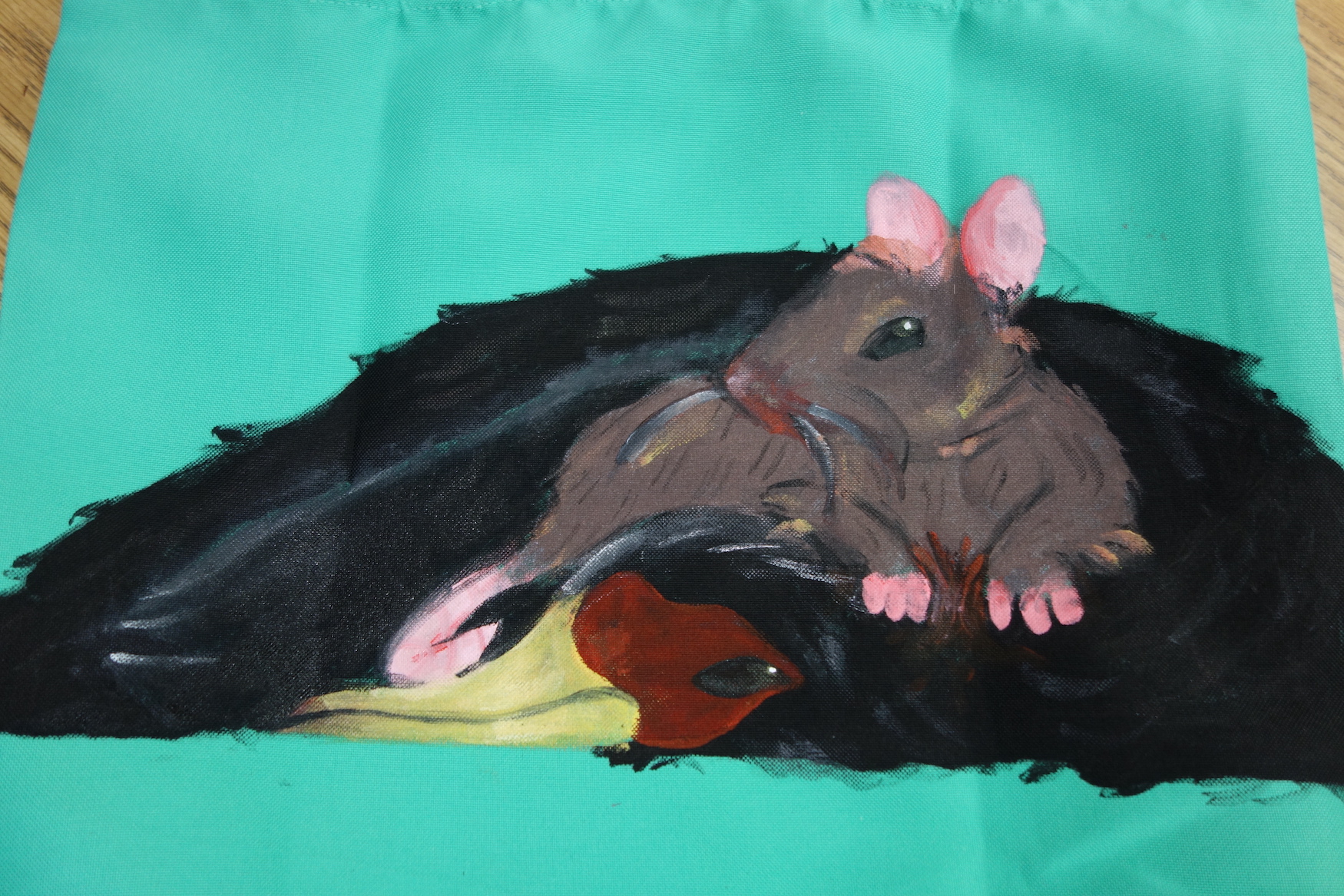Bering Sea Days took over Saturday school, and we spent the morning rotating through the classrooms again.
In kindergarten/first grade, Alexis led us through some great games to help learn our seabird identification. We played musical seabird (instead of musical chairs…), sorted seabirds into crevice and cliff-nesters, and learned how to do the Kittiwake Shuffle dance!
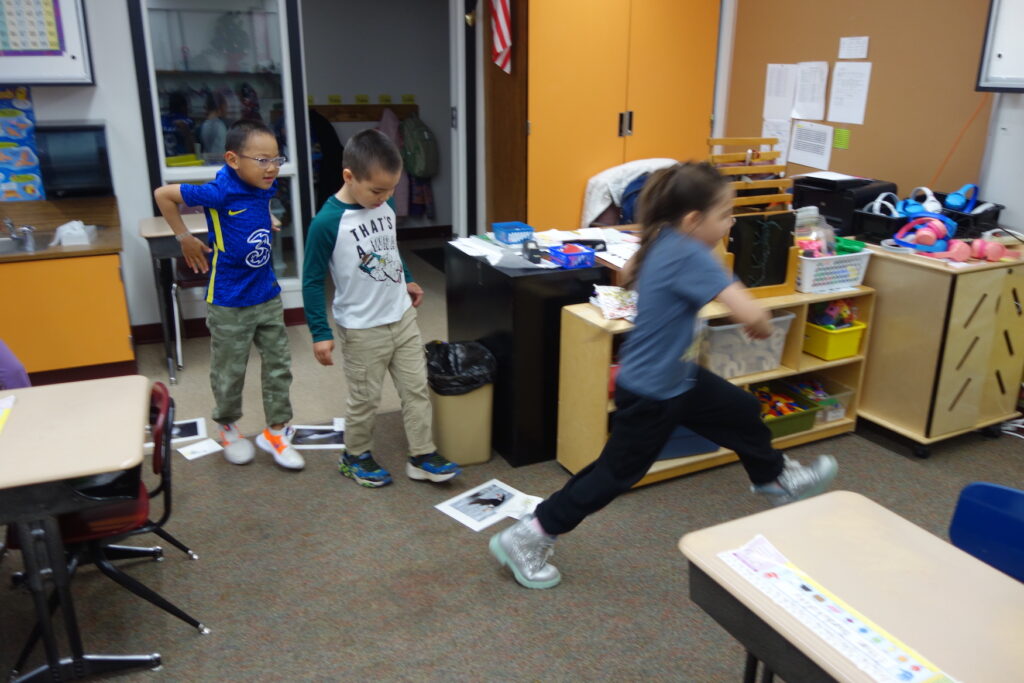
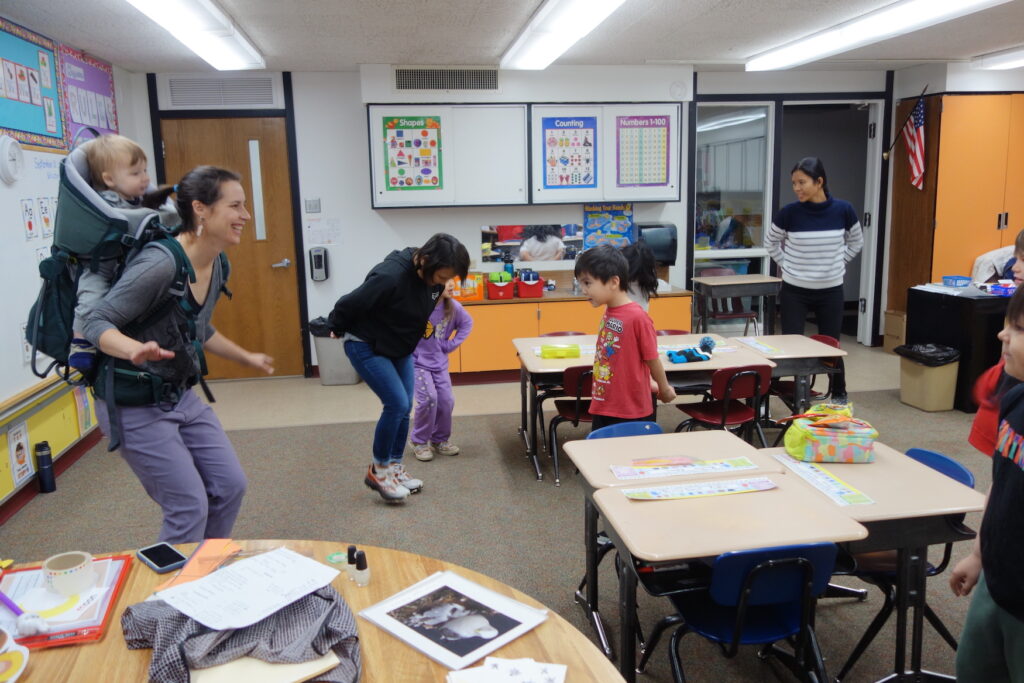
Second and third grade students turned into seabird scientists. They learned how to catch seabirds with a noose-pole, and how to colour band and measure body mass, head bill length and tarsus (leg) length using calipers. We had some stealth catchers, and very focused measurers.
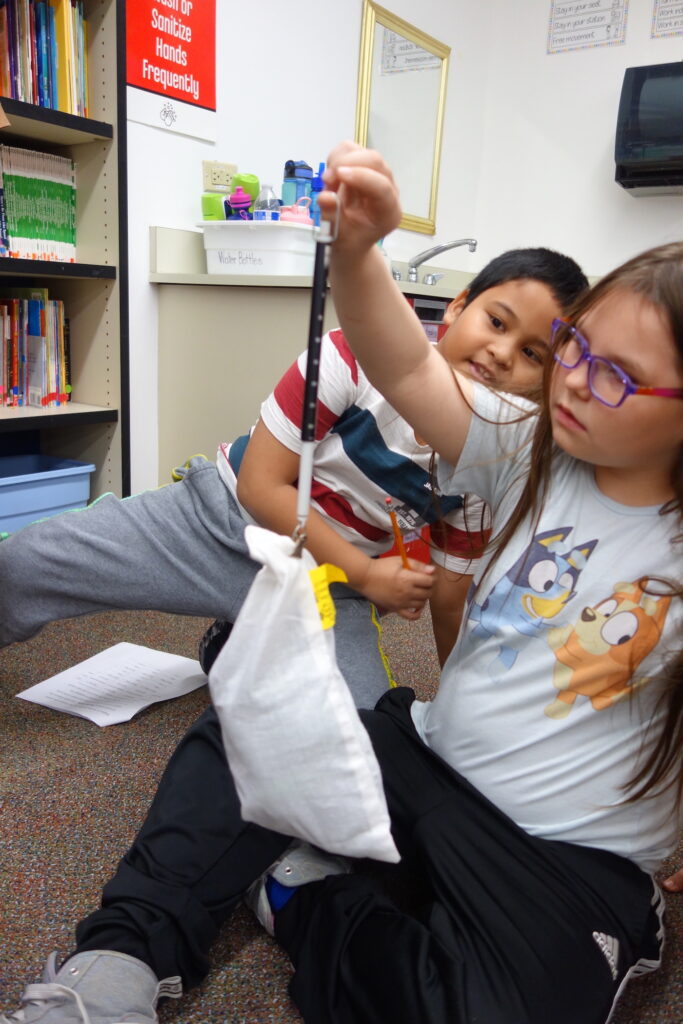
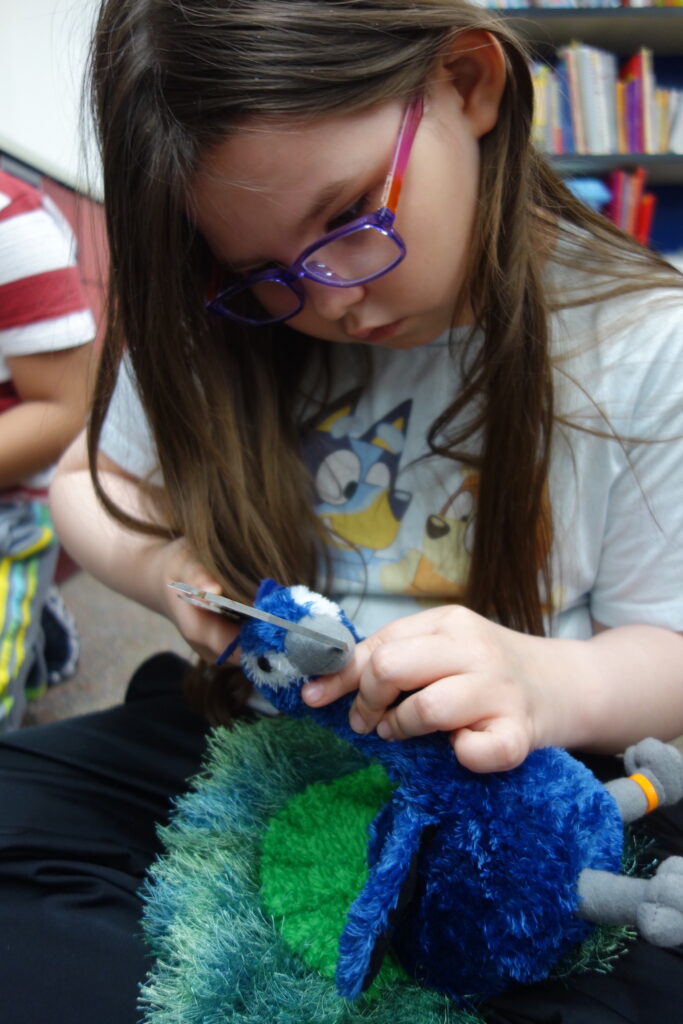
Fourth and Fifth graders continued with their tufted puffin pop-up cards, and played seabird Kahoot.
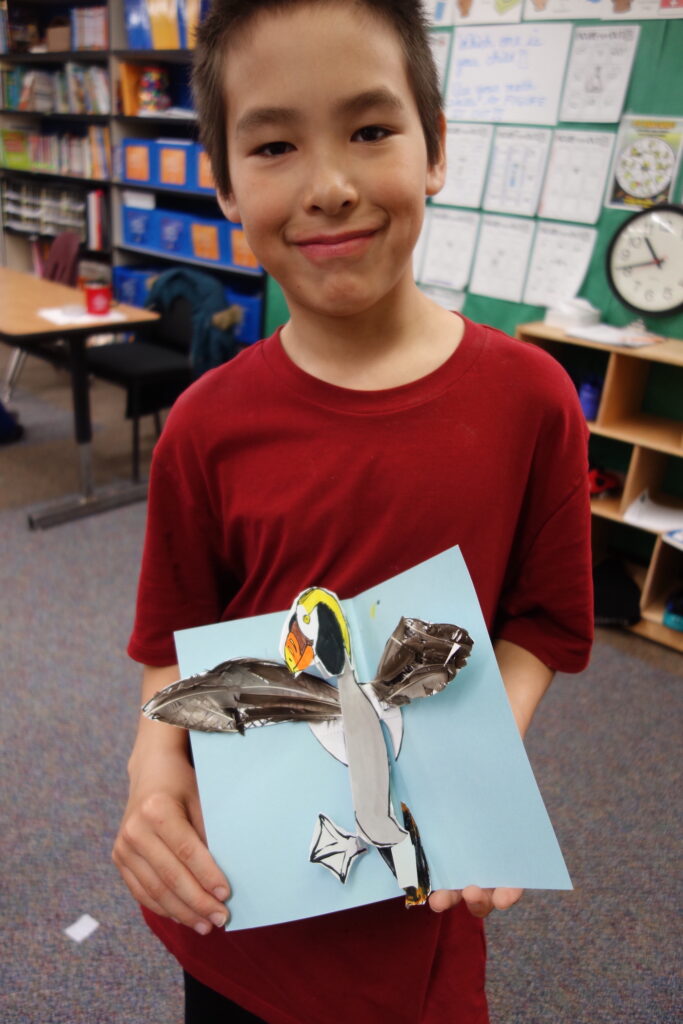
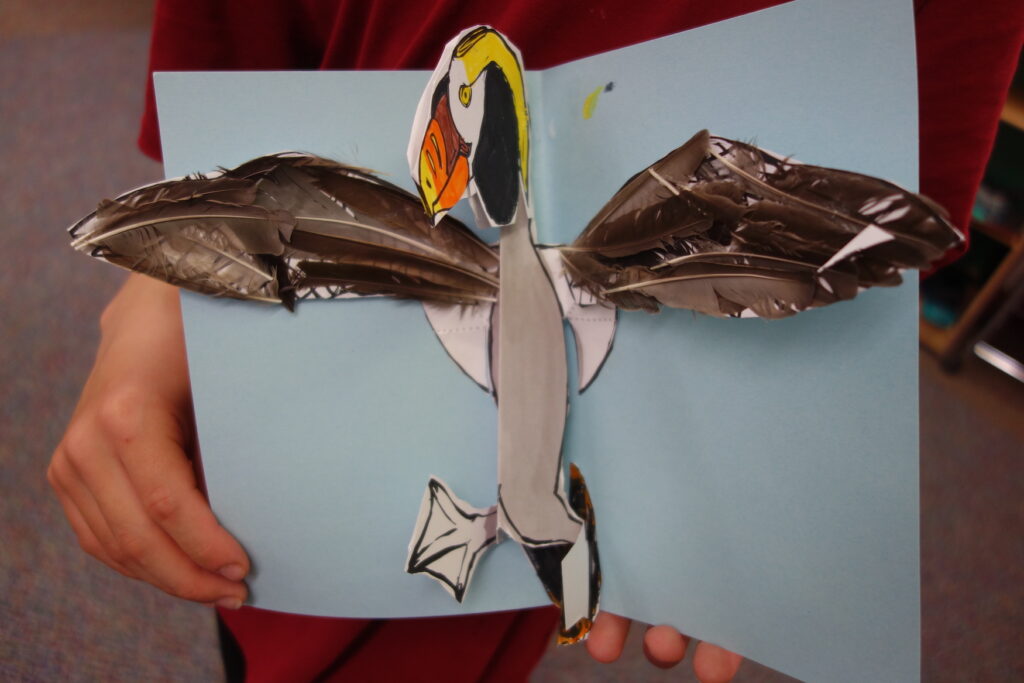
And, middle and high schoolers watched a video of murres nesting under the trees on Duck Island (Cook Inlet) and compared the nesting habitat of seabirds nesting on Duck Island with seabirds on the Pribilofs by creating a Venn diagram and collage of both islands. A couple of students also finished their rat-prevention tote bags. There are some very talented artists on St. Paul Island.
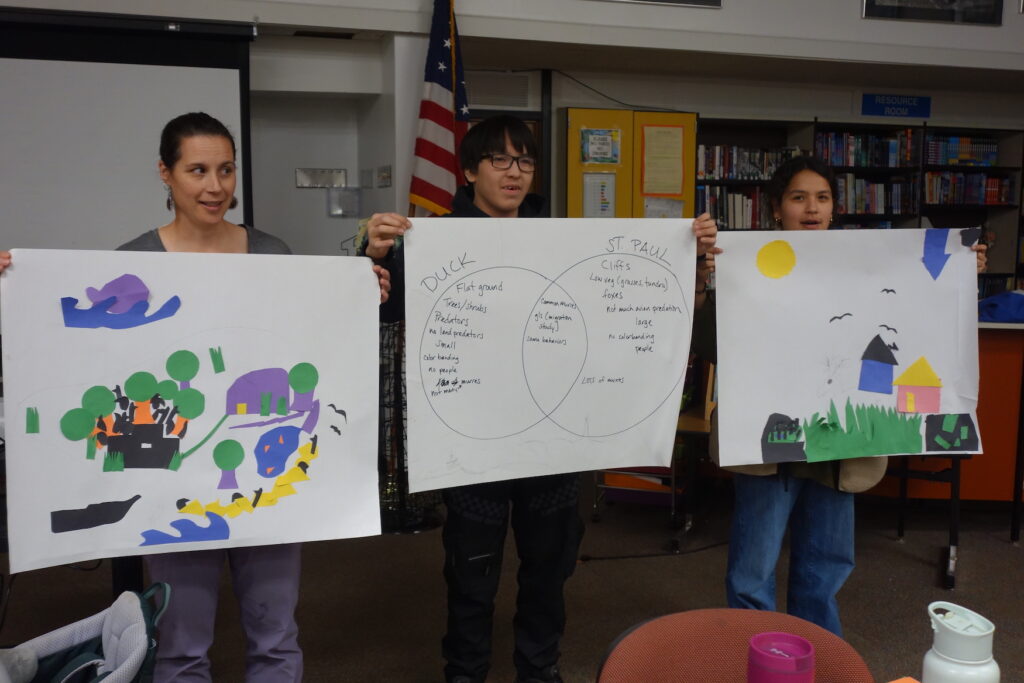
The sun came out in the afternoon, and we had 14 kids with a lot of energy to burn! We visited the new Research Center, then played “hunt the rat”… looking for a plastic rat among the dry docks. It’s hard looking for a single rat (even one that doesn’t move) and it made us realize how incredibly challenging it is to find rats once they have landed on an island.
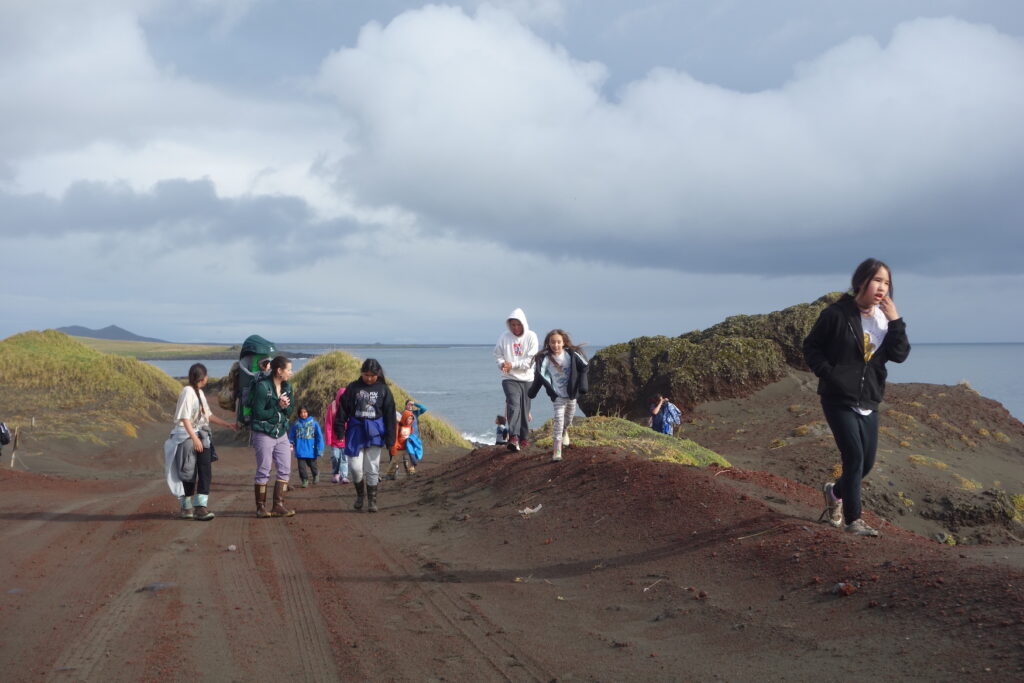
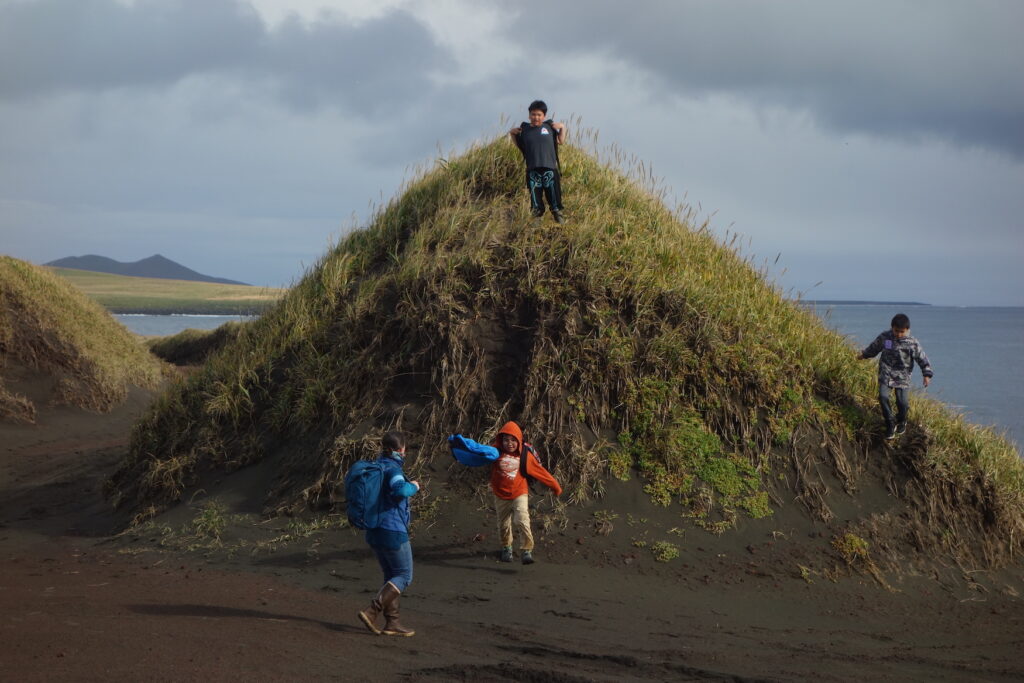
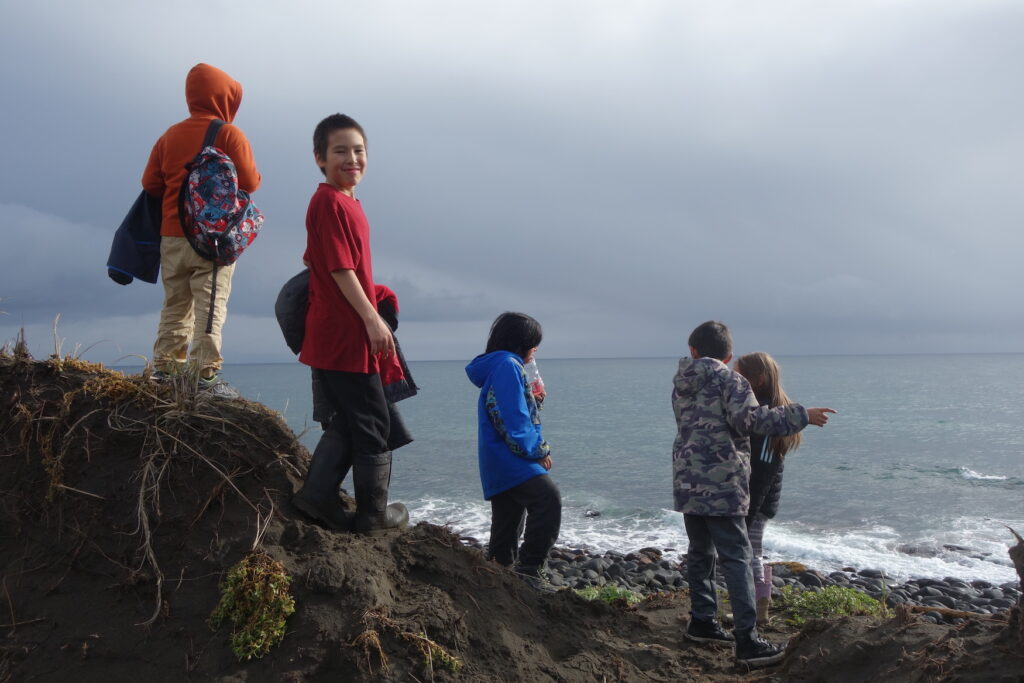
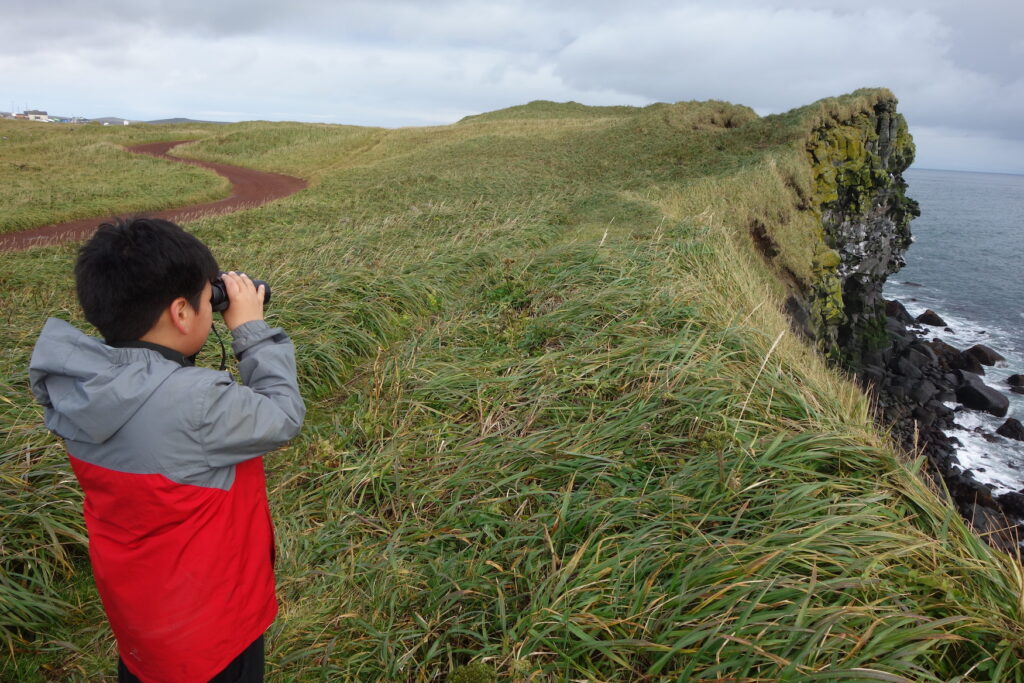
Noone wanted to stop playing “Hunt the Rat”, but we eventually left and walked to Reef. We saw black-legged kittiwakes and horned puffins on the cliff, and then had a magical time in the fur-seal blind watching the pups and their patient moms. Everyone agreed time at the blind was a highlight of the week. Seeing puffins was a close second!
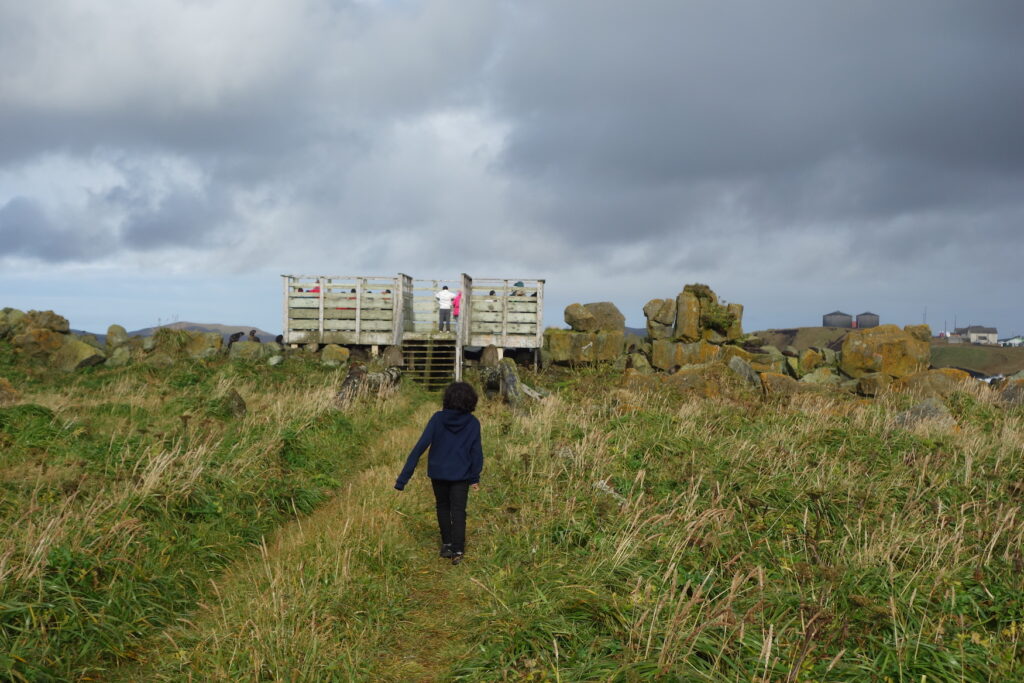
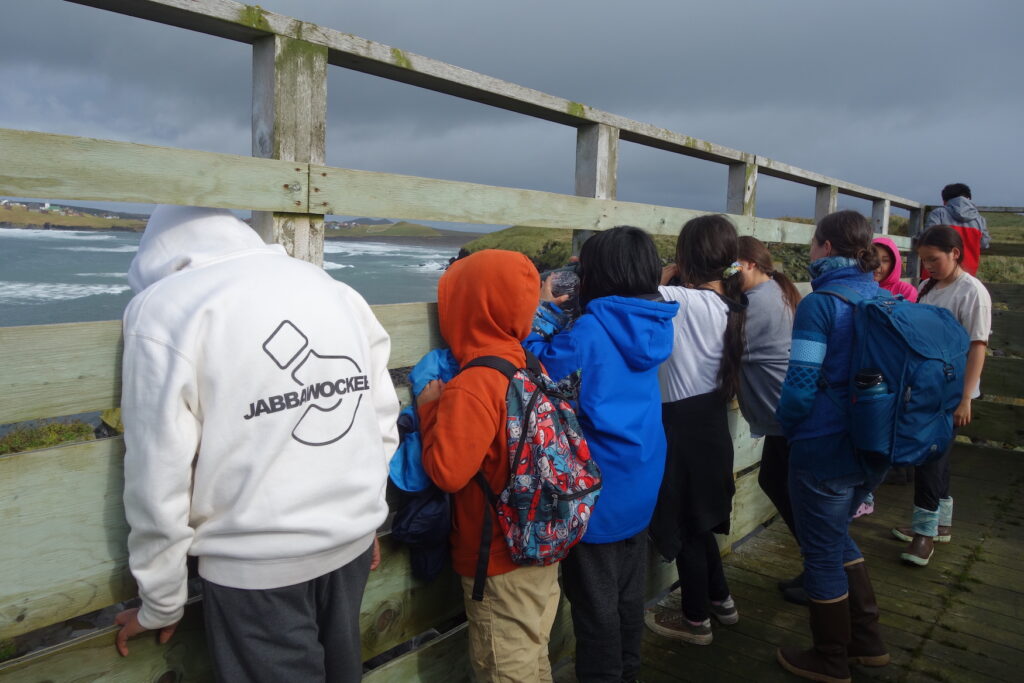
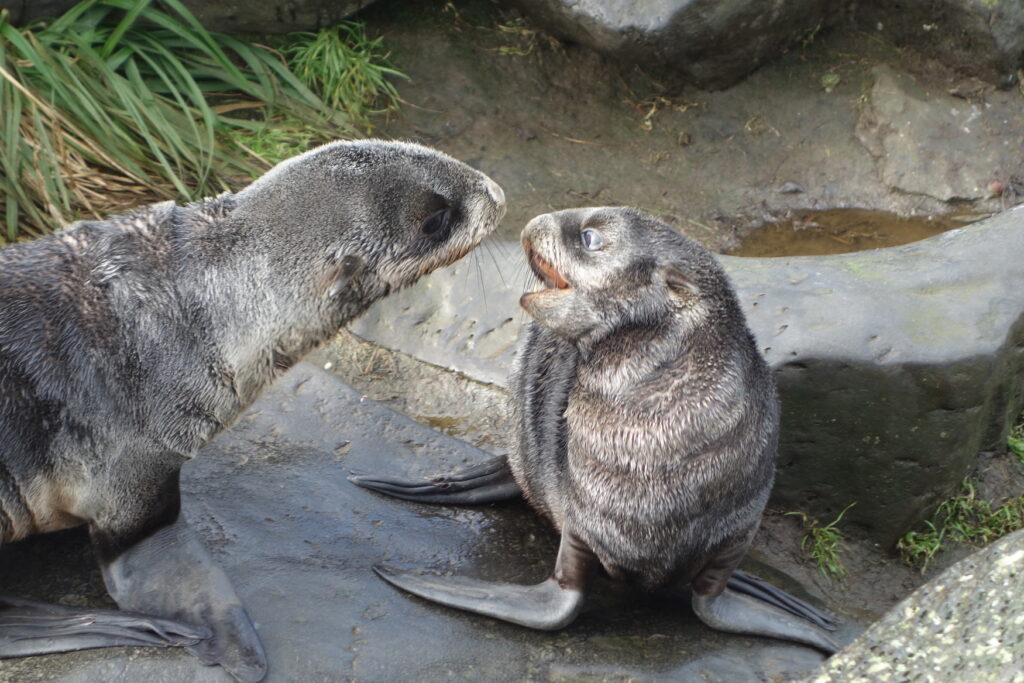
Lauren brought hot dogs out to Reef for us, and then we walked back to school. Brady led us in an Easter-egg hunt around the playground, and kids received a prize if they correctly identified the seabird species. Another full, but very rich day.
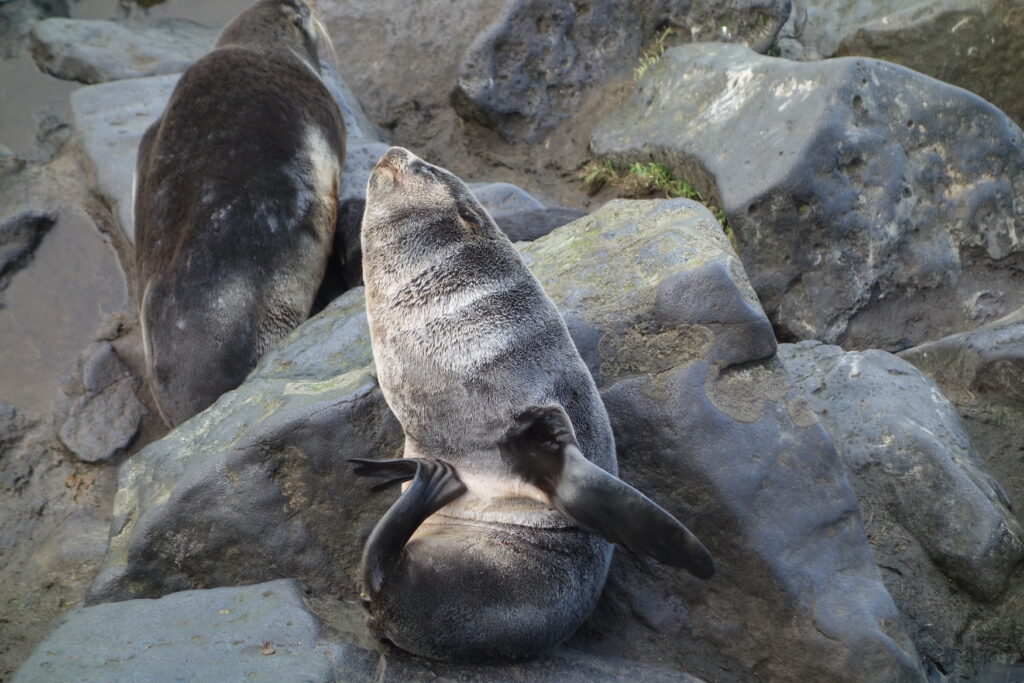
Thank you to ECO for making Bering Sea Days happen, the St. Paul Island School for opening their doors, and the Alaska Maritime National Wildlife Refuge, Aleut Community of St. Paul Island, and World Wildlife fund for supporting these seabird activities.

